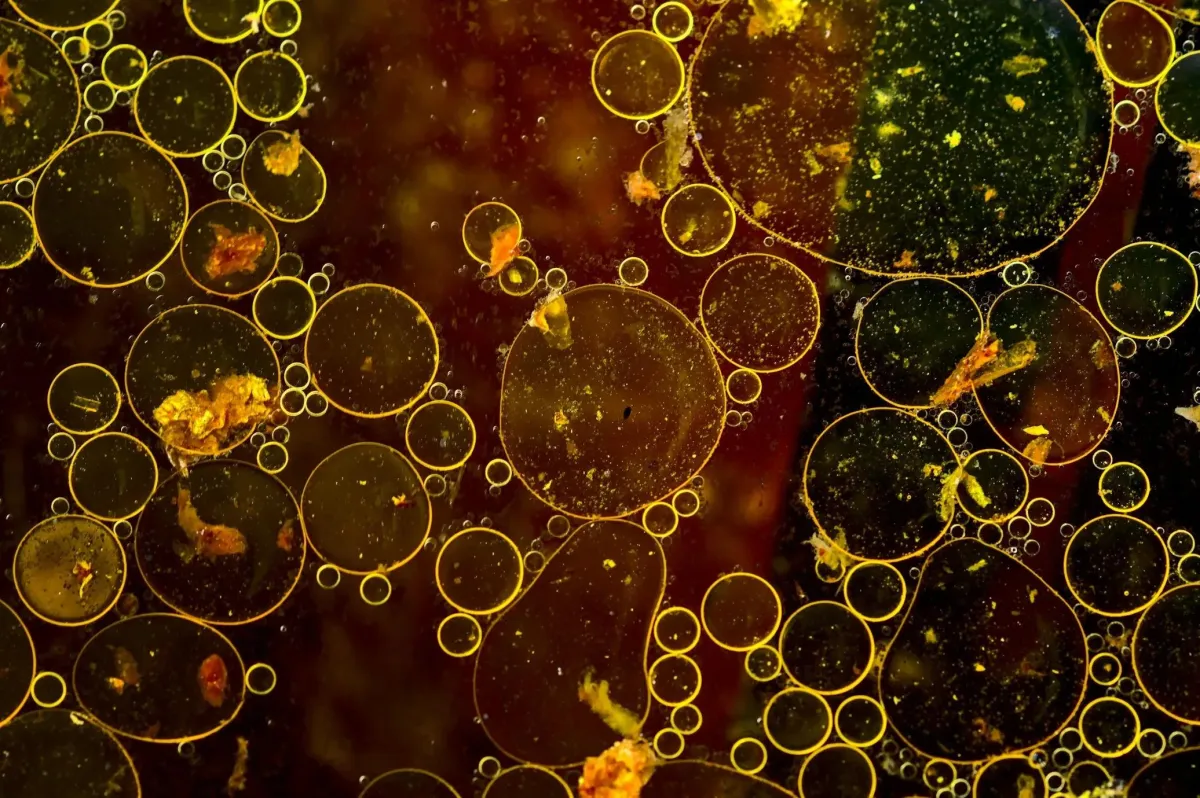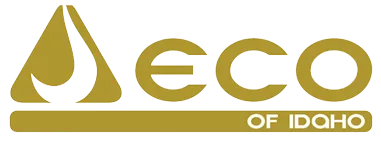Blog

How Do Wastewater Treatment Plants Work for Idaho Businesses?
Introduction
Every Idaho restaurant, food service facility, or industrial kitchen produces wastewater — but what happens once it leaves your building? Many business owners know about grease traps and waste removal but not about the full journey that water takes afterward.
Understanding how wastewater treatment plants work helps you see why proper grease trap maintenance and oil disposal matter. It connects your daily operations to Idaho’s broader environmental and public health systems.
What a Wastewater Treatment Plant Does
A wastewater treatment plant takes in used water from homes, restaurants, and industrial sites. This water contains grease, food residue, detergents, and other contaminants. The plant’s job is to remove these impurities through a combination of physical, biological, and chemical processes before releasing clean, safe water back into the environment.
For Idaho businesses, these plants are crucial for:
Preventing untreated waste from polluting local rivers and groundwater.
Ensuring the wastewater your business generates doesn’t harm public health.
Maintaining compliance with city and state environmental regulations.
Supporting sustainable water reuse and recycling initiatives.
How Wastewater Treatment Works
Step 1: Collection and Preliminary Treatment
Wastewater begins its journey when it leaves your facility’s plumbing and enters the city’s sewer system. Large debris such as food particles, paper, and solids are screened out to prevent damage to equipment. Grit chambers remove sand and sediment, while fats, oils, and grease are skimmed off the surface.
This step is critical for restaurants and food service operations — the cleaner your grease traps and drains are, the easier it is for the system to work properly.
Step 2: Primary Treatment
In large settling tanks, heavy solids sink to the bottom to form sludge, while lighter substances like grease rise to the top. This stage removes most of the suspended solids and prepares the water for biological treatment.
Step 3: Secondary (Biological) Treatment
The water then flows into aeration tanks where microorganisms consume the remaining organic waste. By breaking down fats, proteins, and carbohydrates, these microorganisms naturally “digest” the pollutants. The cleaner water then passes into clarifiers, where solids settle again before moving on to final treatment.
Step 4: Tertiary Treatment and Disinfection
In this final stage, water is filtered, disinfected, and sometimes chemically treated to remove nutrients like nitrogen and phosphorus. Many Idaho facilities use ultraviolet light or chlorine to kill bacteria before safely discharging the water into rivers or reusing it for irrigation.
Step 5: Sludge Treatment and Disposal
The solids collected from earlier stages are thickened, dewatered, and treated separately. Depending on their composition, they may be turned into compost, fertilizer, or renewable energy materials.
Why Idaho Businesses Should Care
Every gallon of wastewater your business produces ends up at a treatment plant — and what you put into the system affects how efficiently that plant operates. For restaurants and commercial kitchens, managing grease and oil waste is one of the most important steps in protecting the local sewer network.
Here’s why it matters:
Compliance: Idaho municipalities often require proof that grease traps and oil collection systems are properly maintained.
Cost savings: Clean wastewater systems prevent backups, overflow fines, and emergency repairs.
Environmental responsibility: Proper maintenance ensures wastewater is processed safely and sustainably.
Public image: Customers and regulators notice when your business operates responsibly.
FAQs
Why should I care how wastewater treatment works?
Because your business contributes to the wastewater stream. Understanding the process helps you maintain compliance and avoid costly mistakes.
Does wastewater get reused after treatment?
Yes. Treated water is often reused for irrigation, landscaping, or safely returned to rivers.
What happens to grease trap waste after it’s removed?
It’s transported by licensed haulers to treatment facilities where it’s processed, recycled, or converted into biofuel.
Can improper grease trap maintenance affect wastewater treatment plants?
Absolutely. Excess fats and grease from neglected traps can clog pipes, overload treatment systems, and lead to fines.
How does wastewater management benefit Idaho businesses?
It ensures smooth operations, compliance with local laws, and supports community sustainability goals.
Conclusion
Wastewater treatment plants play a vital role in Idaho’s environmental health. By filtering, cleaning, and safely processing wastewater, they make sure our water systems remain safe and sustainable. For businesses, this means your daily operations — from dishwashing to grease trap maintenance — directly support that effort.
When you handle grease, oil, and wastewater properly, you’re not just staying compliant — you’re protecting Idaho’s water and your reputation.
Our Services
Helpful Links
Contact Information
Phone: (208) 867-4607
Email: [email protected]
Address: 1990 S Cole Rd, Boise, ID 83709, United States of America
Business Hours:
Mon - SunOpen 24 Hours
© 2025 All Rights Reserved | Eco of Idaho
